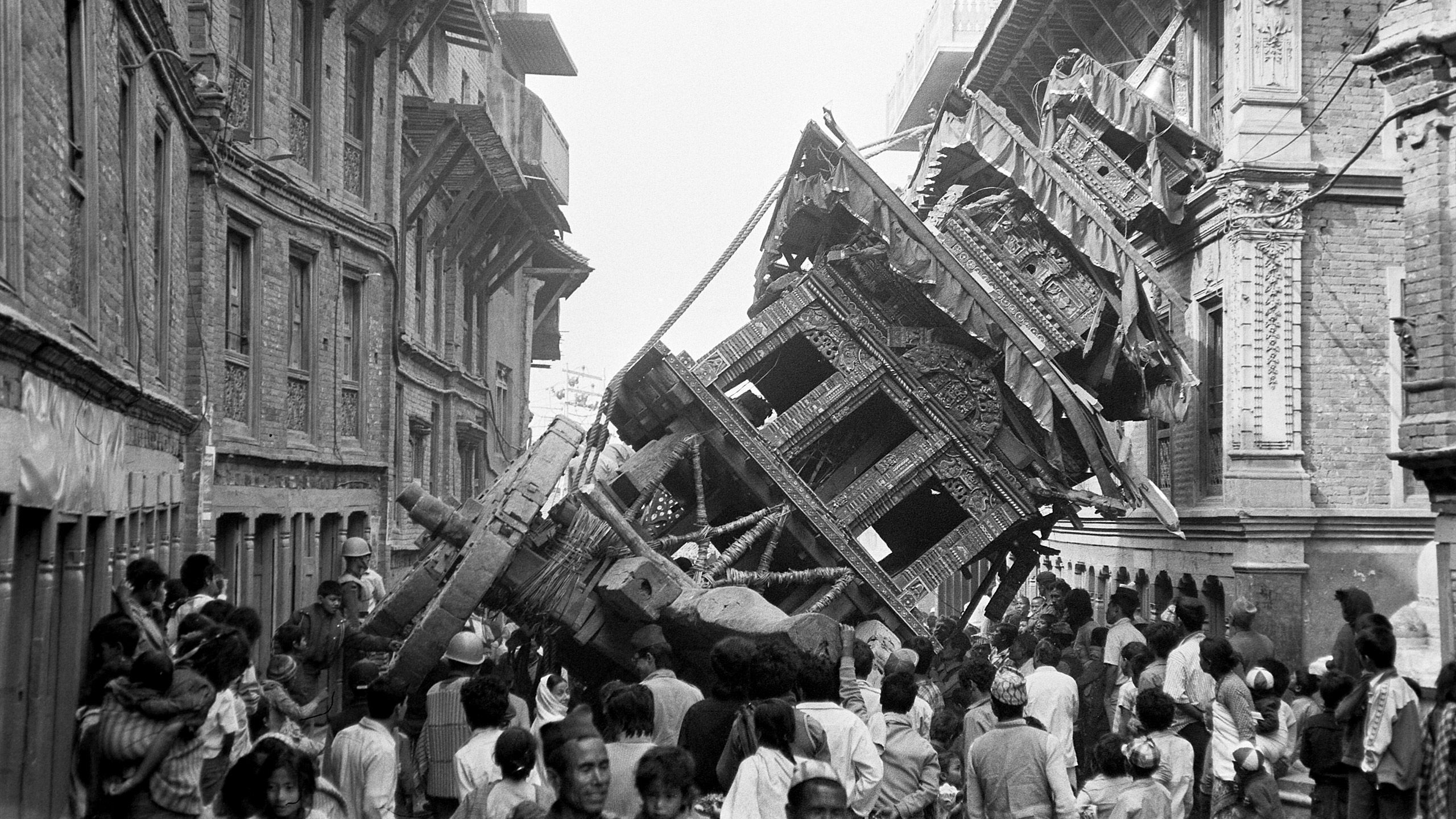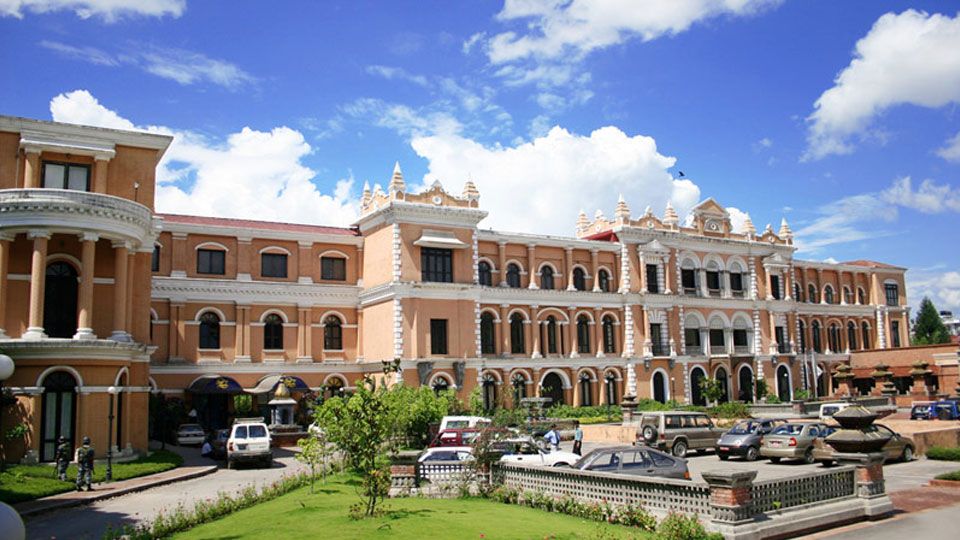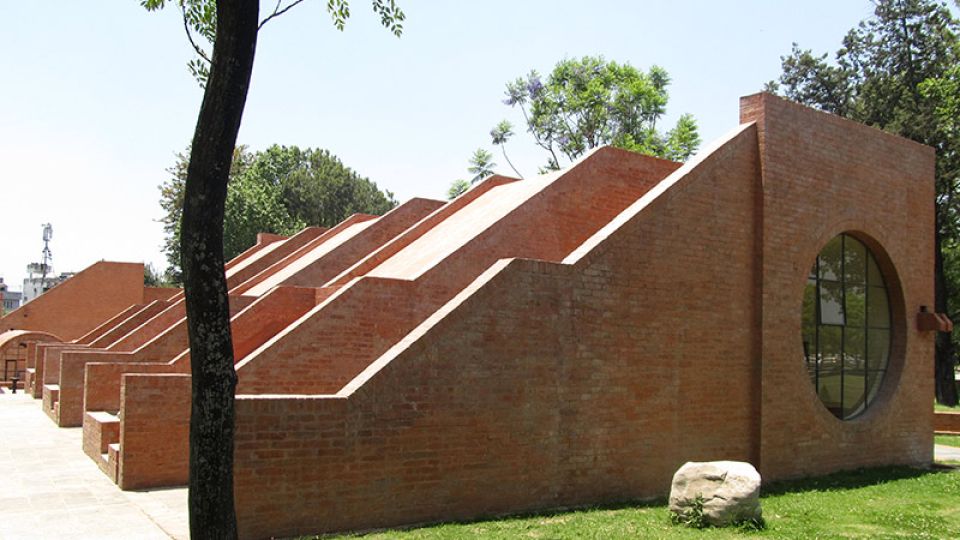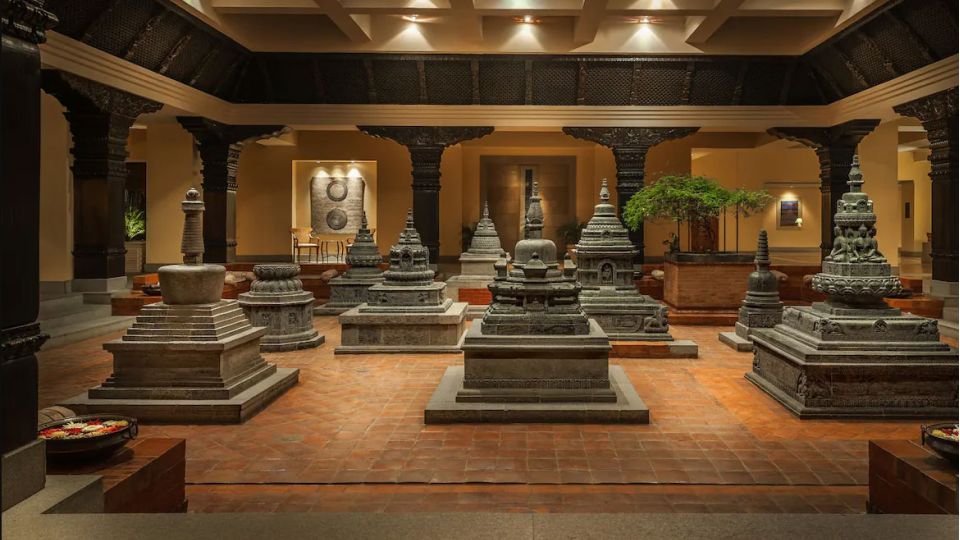-

Preservation of Historical Architectural Landmarks Heritage Preservation

Preservation of Historical Architectural Landmarks Heritage Preservation
Heritage
Our story begins with the dynamic restoration of two remarkable wonders of Kathmandu Valley – Lal Durbar and Taragaon Hotel – built in 1890 and 1972.
These tangible icons of built heritage and their histories form the axis of our foundation, and subsequently determine the ways in which we approach archival projects in the contemporary. Along with preserving our built heritage, we also archive the intangible, documenting Nepal’s shifting architectural landscape across time.
Within this objective of architectural restoration, material history, and archival documentation, our story holds three chapters:

Lal Durbar

Taragaon Next
In 1972, Carl Pruscha, an Austrian architect, designed and build Taragaon. In 2011, Arun Saraf began the restoration of this structure, inviting Carl Pruscha back into the space in order to rethink (and design) Taragaon, transforming it into a center of culture, art and collaborative pedagogy.

Chaitya Court
- +977-01-5178105
- Boudhanath Sadak, Kathmandu 44600, Nepal